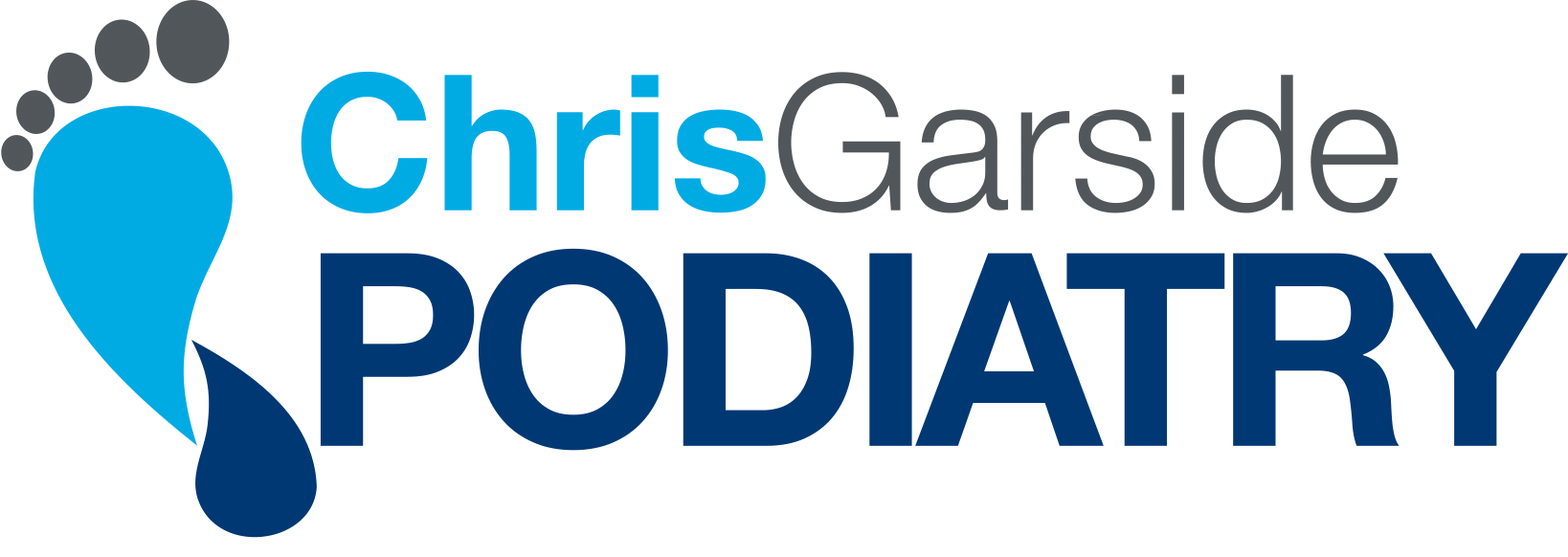Lower Limb Injuries in the Workplace
A Comprehensive Guide by Chris Garside Podiatry
At Chris Garside Podiatry, our unwavering dedication to our craft extends beyond treating injuries and conditions within the clinical setting. We firmly believe in offering a genuine and heartfelt “personal touch” to all our patients, including those who seek our expertise for workplace-related lower limb injuries.
In this blog post, we will delve into the risk factors associated with lower limb injuries in the workplace and the compassionate care we provide to ensure lasting recovery.
Understanding Workplace-Related Lower Limb Injuries:
Lower limb injuries in the workplace are a significant concern, affecting employees across various industries. These injuries can result from multiple risk factors ranging from minor strains to severe trauma. Identifying these risk factors is crucial to prevent workplace injuries effectively.
Risk Factors for Workplace-Related Lower Limb Injuries:
Repetitive Motion
Jobs that require employees to perform repetitive tasks, such as continuous standing, walking, or lifting, can lead to overuse injuries in the lower limbs. This includes conditions like plantar fasciitis, stress fractures, and shin splints.
Inadequate Footwear
Ill-fitting or inappropriate footwear can significantly contribute to lower limb injuries. Employees in roles that demand specific safety footwear should ensure they wear the right type and size of shoes to provide proper support and protection.
Uneven Surfaces
Working on uneven or slippery surfaces increases the risk of slips, trips, and falls, which can result in lower limb injuries. Employers must maintain safe working conditions and implement anti-slip measures where necessary.
Improper Ergonomics
Poor workstation ergonomics can lead to lower limb injuries over time. This includes factors like improper chair height, uncomfortable workstations, or inadequate support for the feet.
Heavy Lifting and Manual Handling
Jobs that require lifting heavy objects or performing manual handling tasks without proper technique and equipment can lead to acute lower limb injuries or chronic conditions like herniated discs and sciatica.
Prolonged Sitting
While standing for long periods can be detrimental, prolonged sitting without adequate breaks or ergonomic support can also lead to lower limb problems, including deep vein thrombosis (DVT) and muscle stiffness.
Compassionate Care at Chris Garside Podiatry
At Chris Garside Podiatry, we understand the physical and emotional toll workplace-related lower limb injuries can take on individuals. Our approach is centred on compassion and attentiveness, ensuring that each patient receives personalised care aimed at achieving lasting pain relief and recovery.
Our Services
- Comprehensive Assessment
- We conduct thorough assessments to understand the nature and extent of your lower limb injury and its impact on your work and daily life.
- Customised Treatment Plans
- Based on your unique needs and goals, we develop personalised treatment plans that may include orthotic solutions, physical therapy, and footwear recommendations.
- Education and Prevention
- We empower you with knowledge about proper ergonomics, footwear selection, and injury prevention strategies to help you stay healthy in the workplace.
- Holistic Approach
- We address not only the physical aspect of your injury but also the emotional and psychological impact, offering support and guidance throughout your recovery journey.
Conclusion
Lower limb injuries in the workplace can be both physically and emotionally challenging. At Chris Garside Podiatry, we are committed to providing compassionate care that goes beyond the clinical aspect. Our aim is to help you overcome workplace-related lower limb injuries and regain your mobility, well-being, and peace of mind. Contact us today to experience the difference where passion meets personalised care in podiatry.

